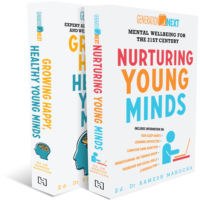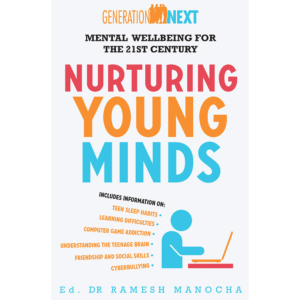For much of the 20th and early 21st centuries, teachers were caught in a paradox. They entered the profession to inspire and educate their students, yet much of their time was consumed by the administrative burden of assessment—marking, grading, and data entry. By 2040, that contradiction had been resolved.
The breakthrough wasn’t just technological; it was strategic. AI didn’t replace teachers—it liberated them and made them even more valuable. The shift was simple but profound: offloading the most time-consuming aspects of assessment to artificial intelligence, and freeing educators to focus on what they do best—designing learning experiences, mentoring students, and fostering curiosity.
First, assessment itself was reimagined. Students still completed a set number of assignments each year, but they didn’t know in advance which ones would be intensively assessed. This ensured consistent effort while reducing unnecessary pressure.
Then, AI took over grading. Multiple-choice assessments had long been automated, but by the late 2020s, natural language processing allowed AI to evaluate short-answer responses with increasing sophistication. By 2040, AI-driven rubrics didn’t just grade; they provided structured, constructive feedback, deepening student understanding in real time.
The groundwork for this shift was already visible in the late 2020s, when tools like Grammarly and Turnitin assisted with writing refinement and plagiarism detection. Gradescope streamlined assessment of scanned documents, while Kognity generated AI-powered formative insights. But these were just the beginning. By 2040, AI’s capacity far exceeded these early iterations, integrating assessment with personalised learning recommendations at an unprecedented scale.
The result? Teachers still had oversight of their students progress, but they no longer spent nights drowning in paperwork or weekends glaring at unmarked assignments. Instead, they used AI-generated insights to track each student’s development, intervene where necessary, and provide individualised mentorship. Assessment was no longer a bottleneck—it was a tool for empowerment.
The question isn’t whether this future will arrive. It’s how soon today’s education systems will embrace it.
Would you be interested in taking the first steps?
Andrew Fuller
inyahead@aussiebb.com.au







